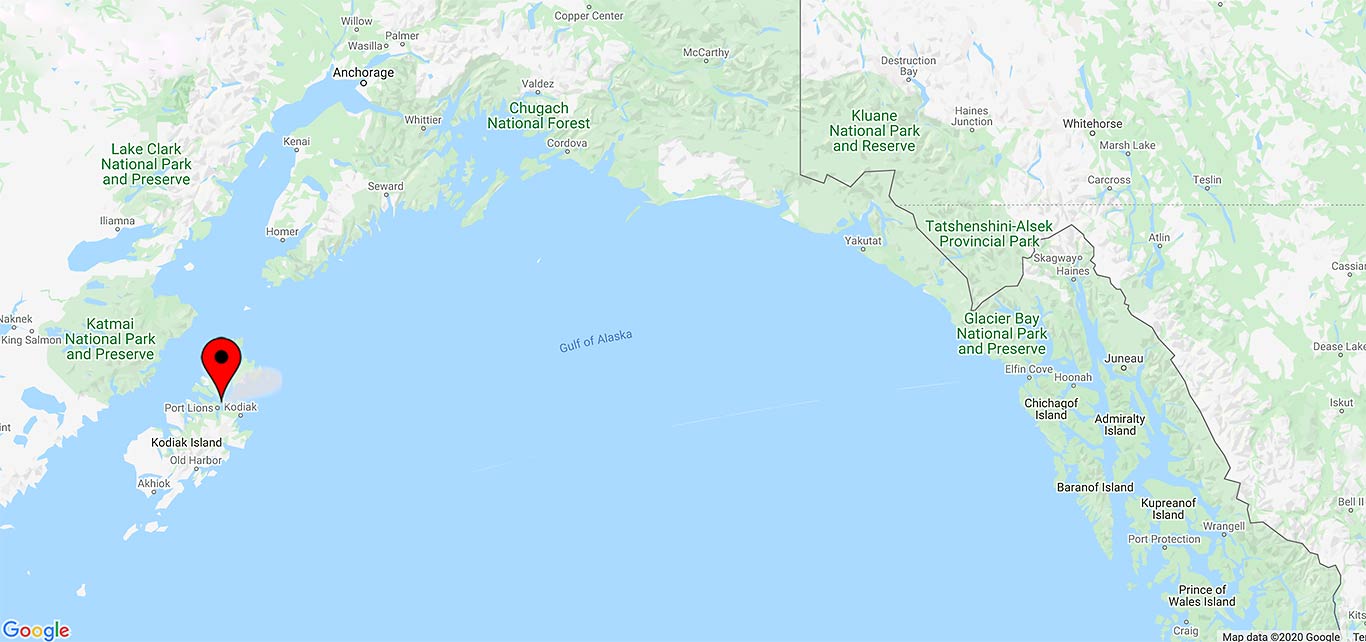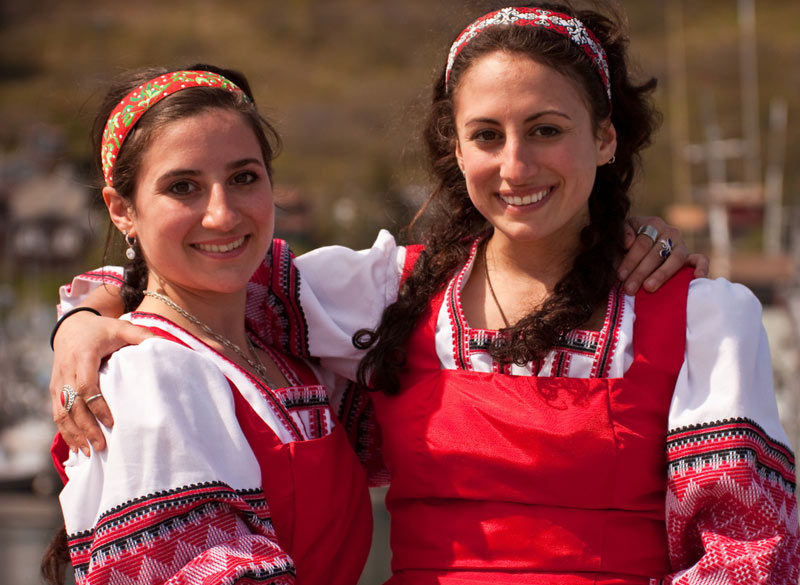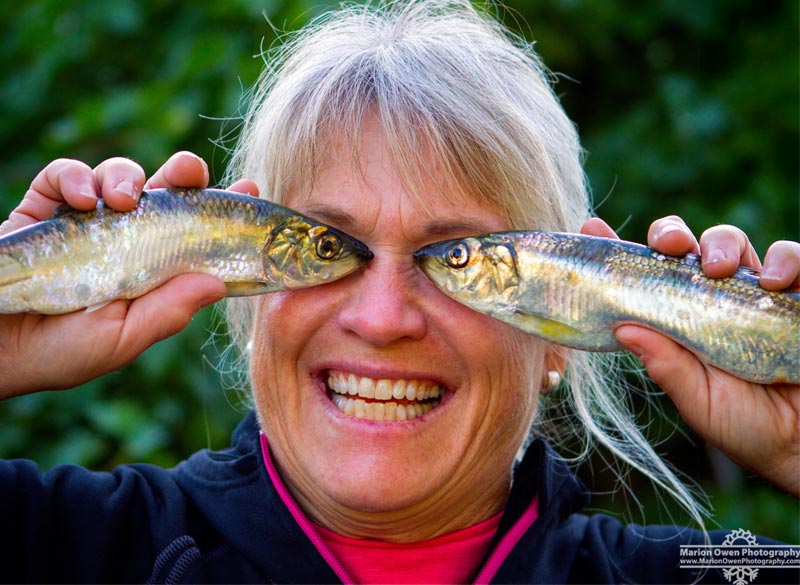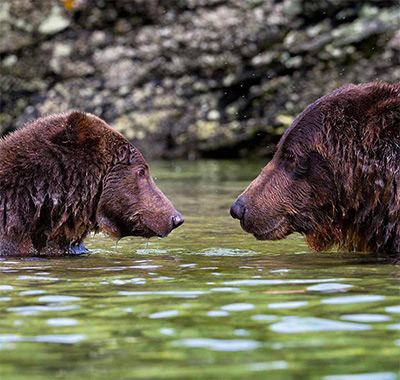Marty and Marion hosted one of our most enjoyable evenings ever! Marty cruised his beautiful boat through the Kodiak waters pointing out the plethora of animals, birds and SPECTACULAR views. Then he docked in a small bay and served Marion's gourmet creations. The dips, salads and dinner were fresh from her master garden and the local scallop boat. The rhubarb raspberry pound cake dessert was over the top! If you plan to visit Kodiak, the Gourmet Galley is a MUST DO!
Cliff House B&B
Our Kodiak Bed and Breakfast is a perfect waterfront destination. In a quiet neighborhood, the Cliff House Bed & Breakfast looks onto a spruce forest on one side and the channel to Kodiak’s largest boat harbor on the other.
Explore Kodiak Island
Tucked into the northwest corner of Gulf of Alaska, the Kodiak Island Archipelago parallels the Katmai Coast along the Alaska Peninsula for 177 miles. This group of islands embraces almost 5,000 sq. miles.
Connect with Marion Owen
Enjoy gardening techniques that have been proven to work by Marion's students longing for their own dream garden in landscapes as diverse as North America, India, Europe, UK, New Zealand, and Australia.
Marty & Marion Owen
One of the highlights for every trip to Kodiak is the chance to visit with my friends Marty and Marion Owen. They call the dinner-and-wildife-viewing trip a “cruise,” but it’s really something special. The Sea Breeze is a yacht. The dinner is a combination of organic greens from Marion’s garden and fresh seafood from the local waters. The wildlife includes sea lions, eagles, puffins and an occasional orca or humpback whale. My favorite part, though, is hearing Marty and Marion tell stories of their home: the history, the land, the sea and the fascinating people who share their island home. Two thumbs up.”
~Scott McMurren, Alaska travel journalist
Marion Owen's Blog ~ Kodiak, Alaska
We Bathe You in Hospitality
Warm greetings from Kodiak, Alaska’s Emerald Isle. Kodiak is a special place. A little off the beaten path, Kodiak has been listed by National Geographic as one of the Top 10 Destinations in the World. When you see the island’s incredible beauty, you’ll understand why. Deep, fiord-like bays, spruce trees draped with moss, puffins, whales…It’s a short list describing why we live here. Then there are the people; a special caring and neighborliness that goes, perhaps, with living on an island.
A visit to Kodiak endears you with bragging rights! We invite you to experience what many people say when they come here: “Wow, this is real Alaska!” If you enjoy hiking, sipping a latte or micro-brew beer, kayaking, bear viewing, gardening (how do you grow stuff in Alaska, anyway?), discovering local art, reading a good book on the beach, or taking pictures, Kodiak is for you.
As your hosts, we enjoy attending to your needs, hopes and dreams, whether it’s your birthday or your first trip to Alaska. You’ll feel relaxed and renewed because nourishing the body, mind and soul is our number one priority. Nature provides the setting and we bathe you in hospitality.
So please let us know how we can help make your visit extra special.
Cheers to you,
Marion and Marty Owen
We have partnered with:


Visit Us in Kodiak
A visit to Kodiak endears you with bragging rights! We invite you to experience what many people say when they come here: “Wow, this is real Alaska!” If you enjoy hiking, sipping a latte or micro-brew beer, kayaking, bear viewing, gardening (how do you grow stuff in Alaska, anyway?), discovering local art, reading a good book on the beach, or taking pictures, Kodiak is for you.
We are longtime residents of Kodiak. Marion is an accomplished photographer and taught photography classes through the University of Alaska for 15 years. She continues to host photography workshops.
Marty was Kodiak's harbormaster for 20 years and his family roots in Kodiak date back to the 1930's. Lots of local knowledge, history and fun stories to share...














